Articles > Geography
Ready to try your hand at South America Largest Cities? Here’s the biggest one in each country.
Argentina – Buenos Aires – Population: 3,121,707
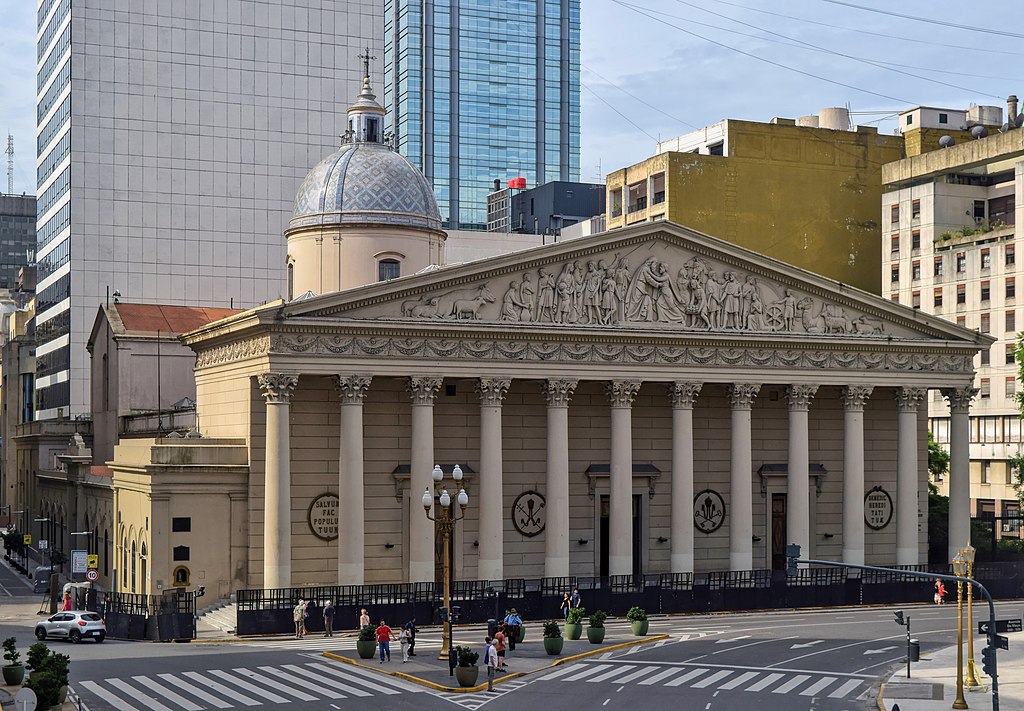
Buenos Aires, the capital of Argentina, is known for its rich cultural life and European-style architecture. This vibrant city is a hub of music, dance, and culinary excellence, with tango being one of its most famous cultural exports. The city’s neighborhoods, like La Boca with its colorful houses and San Telmo known for its antiques, offer unique experiences. Buenos Aires is also famous for its parks, museums, and the iconic Obelisco monument, which symbolizes the city. The city’s nightlife is bustling, with countless bars and clubs that stay open until dawn.
Interesting Fact:
Buenos Aires boasts the largest number of theater seats per capita in the world, making it a cultural hotspot.
Bolivia – Santa Cruz – Population: 1,442,396
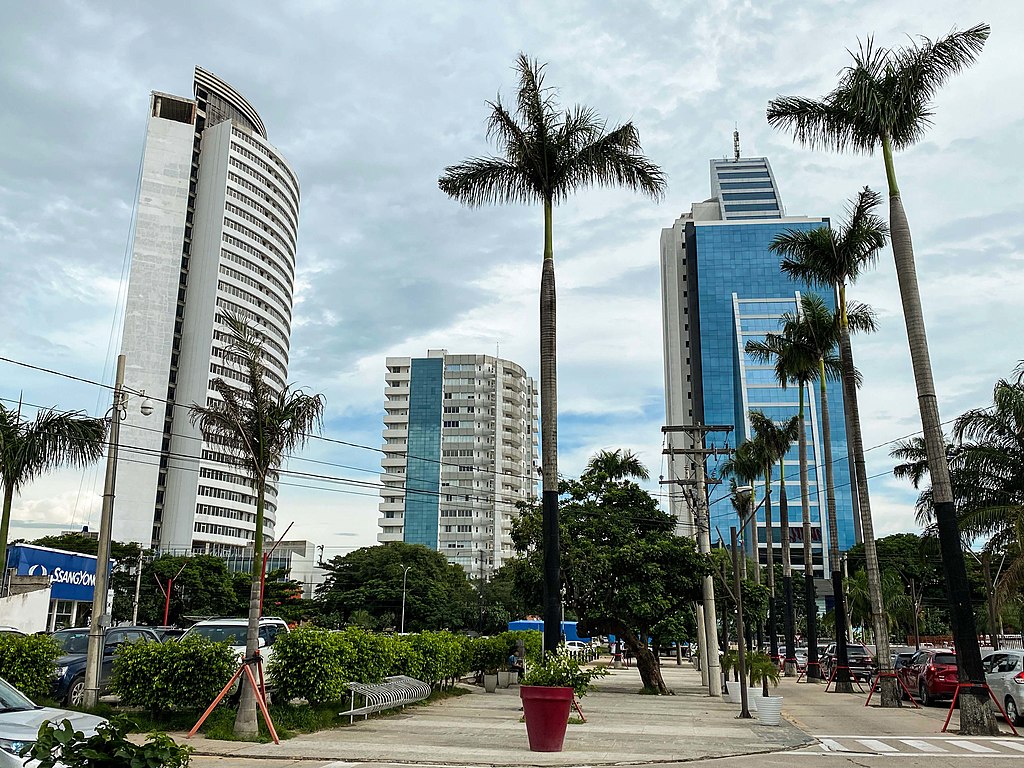
Santa Cruz is the largest city in Bolivia and is located in the eastern part of the country. Known for its rapid economic growth, it has transformed from a small town to a bustling metropolis. The city is characterized by a mix of modern and traditional architecture, with beautiful parks and vibrant markets. Santa Cruz is also a melting pot of cultures, which is reflected in its diverse cuisine and lively festivals. The city serves as a gateway to Bolivia’s tropical regions and is a major hub for trade and commerce.
Interesting Fact:
Santa Cruz is home to the largest open-air market in South America, Mercado Los Pozos, where you can find a wide variety of local goods.
Brazil – Sao Paulo – Population: 12,284,940
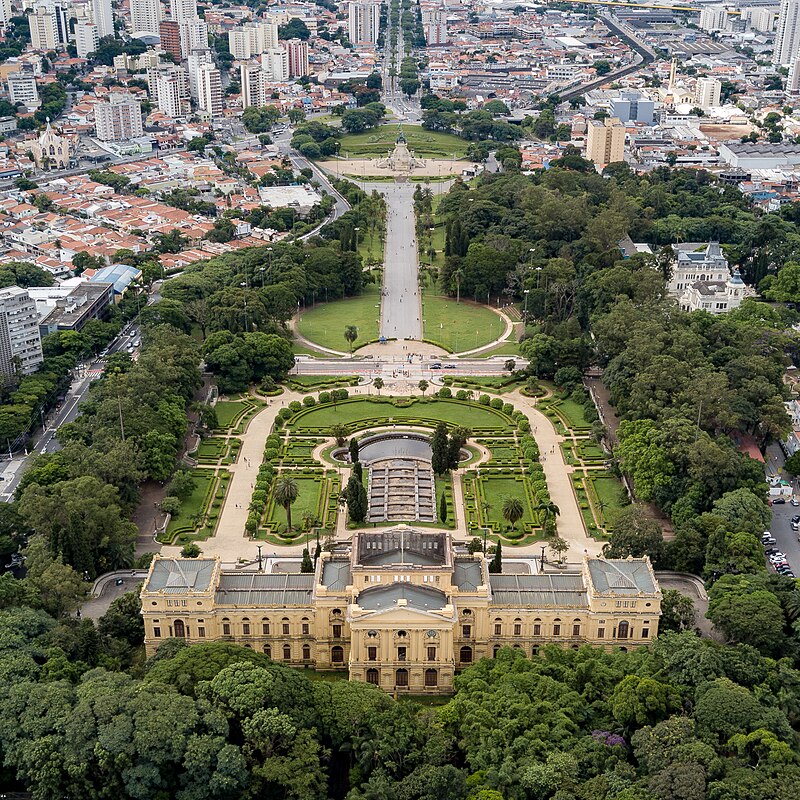
Sao Paulo is Brazil’s largest city and one of the most populous in the world. It is a global financial center and known for its impressive skyline, which features some of the tallest buildings in South America. The city’s cultural scene is vibrant, with numerous theaters, museums, and art galleries. Sao Paulo is famous for its culinary diversity, offering a plethora of international and local cuisine options. The city is also known for hosting major events, including the São Paulo Art Biennial and the Formula 1 Brazilian Grand Prix, making it a dynamic cultural hub.
Interesting Fact:
Sao Paulo has over 12 million residents and is one of the most ethnically diverse cities in the world, with a large immigrant population.
Chile – Santiago – Population: 5,220,161

Santiago, the capital of Chile, is nestled in a valley surrounded by the Andes mountains. It is known for its modern skyline, which contrasts with historical buildings such as the Metropolitan Cathedral and La Moneda Palace. Santiago is a cultural and political hub, offering a range of museums, galleries, and theaters. The city is also famous for its wine production, with several vineyards located nearby. Santiago’s public transportation system is efficient, making it easy to explore its diverse neighborhoods, each with its unique character.
Interesting Fact:
Santiago has a robust public transportation system, including the Metro, which is one of the largest in South America.
Colombia – Bogota – Population: 7,876,000

Bogota, the capital of Colombia, is a city that blends history with modernity. Situated at a high altitude in the Andes mountains, it offers stunning views and a cool climate. The city is known for its rich cultural scene, including the Gold Museum and the historic La Candelaria district. Bogota is also famous for its vibrant street art and the lively atmosphere of its numerous markets and parks. The city’s culinary scene is diverse, featuring traditional Colombian dishes and international cuisine.
Interesting Fact:
Bogota has over 100 museums, making it a cultural treasure trove for art and history enthusiasts.
Ecuador – Guayaquil – Population: 2,650,288
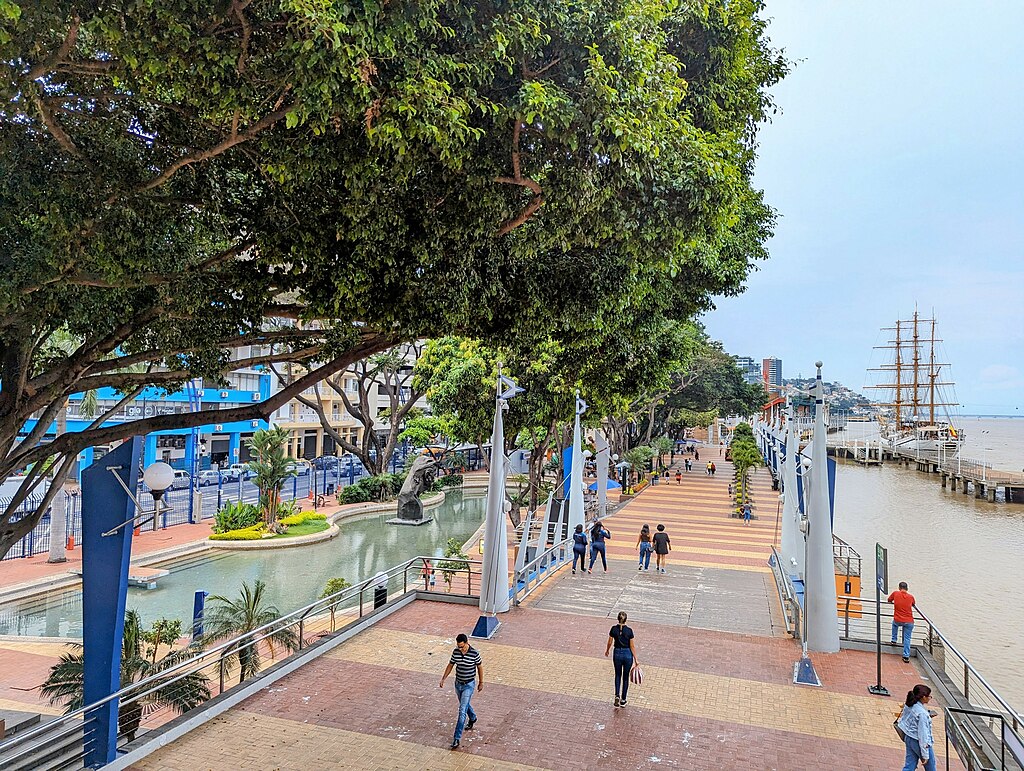
Guayaquil is Ecuador’s largest city and a major port on the Guayas River. It is known for its modern infrastructure and vibrant waterfront, the Malecón 2000, which features gardens, shops, and restaurants. The city has a rich history, showcased in its colonial architecture and cultural sites. Guayaquil is also famous for its culinary scene, particularly its seafood, and is the gateway to the Galapagos Islands. The city’s Parque Histórico offers a glimpse into its past with preserved buildings and native wildlife.
Interesting Fact:
Guayaquil is known for its warm climate and is often referred to as the “Pearl of the Pacific.”
France – Cayenne – Population: 63,468

Cayenne is the capital of French Guiana and is situated on the Atlantic coast. The city is characterized by its tropical climate and multicultural population, reflecting influences from Creole, Brazilian, and indigenous cultures. Cayenne features vibrant markets, such as the Cayenne Market, where visitors can sample local cuisine and shop for crafts. The city’s natural beauty is showcased in the nearby Tumuc-Humac mountains and the Maroni River. Cayenne is also known for its colonial architecture, particularly the impressive Prefecture building.
Interesting Fact:
Cayenne hosts an annual carnival that is one of the most colorful and lively celebrations in the Caribbean.
Guyana – Georgetown – Population: 118,369
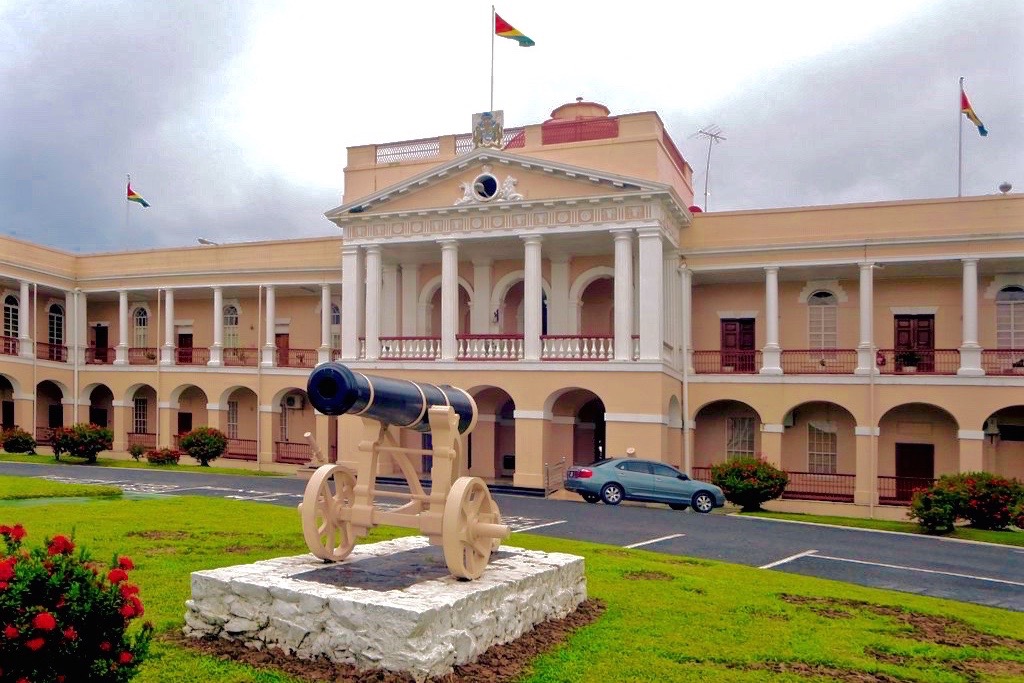
Georgetown is the capital and largest city of Guyana, located at the mouth of the Demerara River. Known for its colonial architecture, the city features colorful wooden houses, particularly in the Stabroek Market area. Georgetown is a cultural melting pot, with a mix of East Indian, African, and Amerindian influences reflected in its festivals and cuisine. The city is also home to numerous parks and gardens, including the Botanic Gardens and the National Park, which are ideal for relaxation and outdoor activities.
Interesting Fact:
Georgetown is known for its floating bridges, which are unique in the Caribbean and provide vital connections across the waterways.
Paraguay – Asuncion – Population: 462,241

Asuncion, the capital of Paraguay, is located along the eastern bank of the Paraguay River. The city is known for its historical significance, with numerous monuments and buildings that reflect its colonial past. Asuncion is a cultural center, featuring theaters, museums, and a vibrant arts scene. The city is also characterized by its parks and green spaces, such as Ñu Guasu Park, which are popular among residents for leisure activities. Asuncion serves as a hub for commerce and trade in the region.
Interesting Fact:
Asuncion is often referred to as “The Mother of Cities” because it was one of the first settlements in Paraguay.
Peru – Lima – Population: 11,166,200
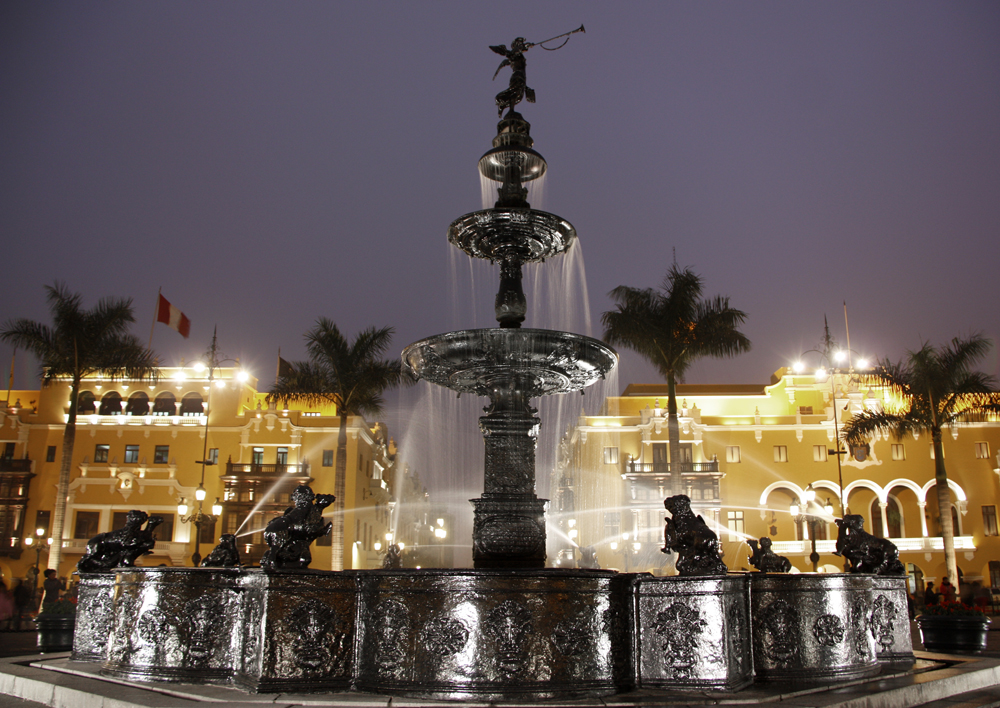
Lima, the capital of Peru, is a city rich in history and culture. Founded in 1535, it boasts a mix of colonial architecture and modern buildings. Lima is renowned for its culinary scene, recognized globally for its diverse flavors and ingredients, and is often referred to as the gastronomic capital of South America. The city is home to several UNESCO World Heritage sites, including the historic center, which features the Plaza Mayor and the Cathedral of Lima. Lima’s coastal location provides beautiful beaches and a vibrant seaside atmosphere.
Interesting Fact:
Lima is home to the largest number of restaurants in the world per capita, making it a paradise for food lovers.
Suriname – Paramaribo – Population: 240,924

Paramaribo is the capital of Suriname and is located along the banks of the Suriname River. The city is known for its colonial architecture, with well-preserved wooden buildings, including the St. Peter and Paul Cathedral, which is the largest wooden structure in the Western Hemisphere. Paramaribo is a cultural melting pot, with influences from various ethnic groups, including Dutch, Indian, and African. The city’s vibrant markets, such as the Central Market, offer a glimpse into its diverse culinary traditions and local crafts.
Interesting Fact:
Paramaribo is a UNESCO World Heritage site, recognized for its unique architectural heritage and multicultural history.
Uruguay – Montevideo – Population: 1,731,000
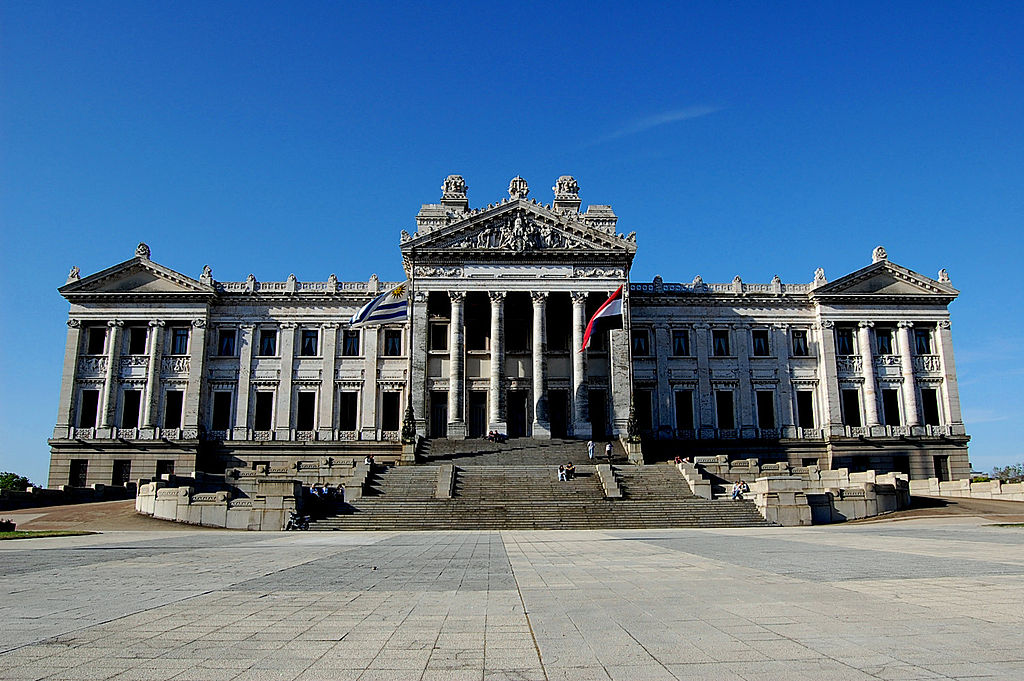
Montevideo, the capital of Uruguay, is located on the southern coast along the Rio de la Plata. Known for its laid-back lifestyle and vibrant culture, the city features a blend of colonial and modern architecture. Montevideo is famous for its beaches, parks, and lively markets, particularly the Mercado del Puerto, which offers traditional Uruguayan cuisine. The city hosts numerous cultural events and festivals throughout the year, reflecting its rich musical heritage, including tango and candombe.
Interesting Fact:
Montevideo has a high quality of life and is known for being one of the safest cities in Latin America.
Venezuela – Maracaibo – Population: 2,262,600
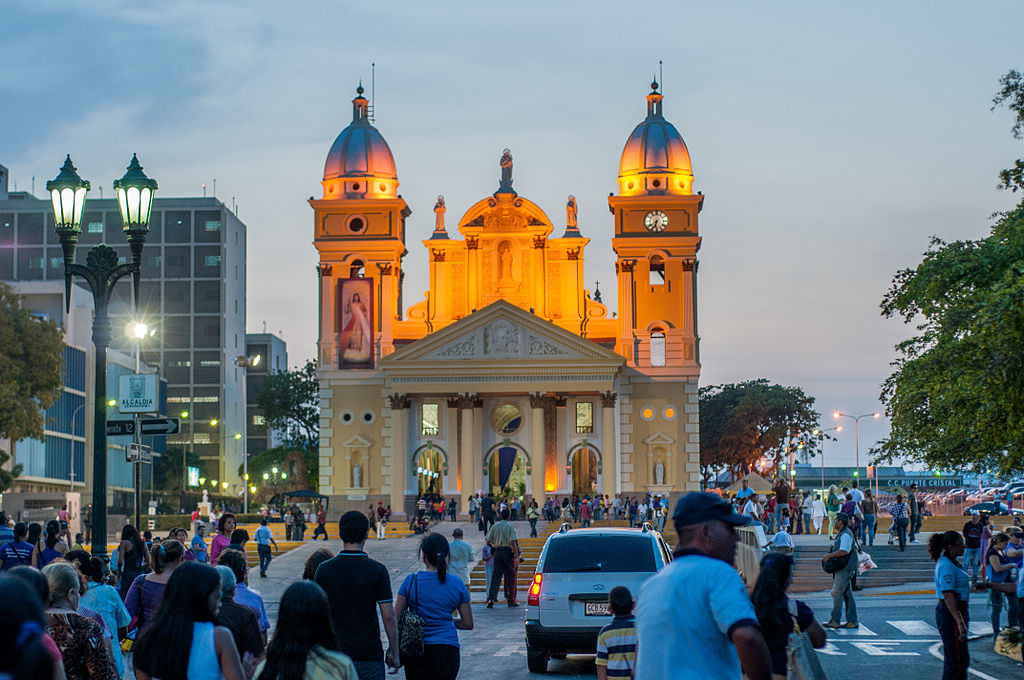
Maracaibo is the largest city in Venezuela and the capital of Zulia state. It is located on the shores of Lake Maracaibo, which is known for its rich oil reserves. The city has a vibrant culture, heavily influenced by its indigenous roots and Afro-Venezuelan heritage. Maracaibo is famous for its warm climate and lively music scene, particularly the gaita genre. The city’s iconic bridge, the General Rafael Urdaneta Bridge, connects it to the rest of the country and is one of the longest in Latin America. Maracaibo’s cuisine features delicious local dishes, including patacón and arepas.
Interesting Fact:
Maracaibo is often referred to as the “Land of the Sun” due to its high temperatures and sunny weather throughout the year.




